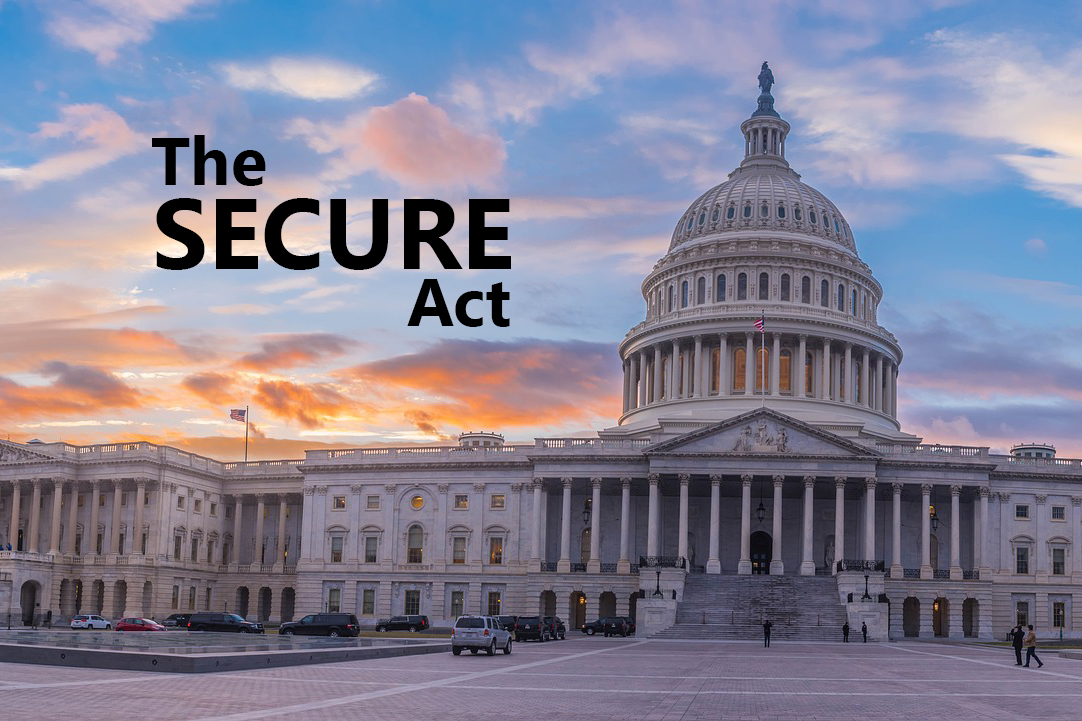
The Secure Act, Tax Planning for End of Year and the Year Ahead: Part Two
As the second post of the blog series on year-end tax planning, we are focusing on the SECURE Act of 2020 and how you can best plan with your personal CPA using the information provided.
The SECURE Act
Signed into law in December 2019, the SECURE Act caused significant changes to tax law mere weeks before going into effect. The loss of the ability to stretch inherited IRA accounts over one’s lifetime in particular may require you to reevaluate previous time-tested strategies for tax planning.
Loss of Stretching Inherited IRA Accounts Over a Lifetime
Under the SECURE Act, beneficiaries can no longer “stretch out” the withdrawal of an inherited retirement account over their lifetime. They now have 10 years from the date of the original account owner’s death to withdraw their entire inherited retirement account, resulting in less tax-delayed growth and more due taxes.
If your goal is to reduce taxes on withdrawals, consider the following strategies.
Roth Conversions
Since tax rates are at all-time lows, consider a Roth conversion to avoid being rapidly taxed on distributions, especially if the loss of lifetime withdrawal stretching puts beneficiaries into a higher tax bracket.
Qualified Charitable Distribution
As IRAs become less appealing under the SECURE Act, taking advantage of a Qualified Charitable Distribution (QCD) may be a more beneficial option. With QCDs, Individuals over the age of 70 ½ are able to make taxation-free gifts of up to $100,000 per year from their IRA account.
Taxation-free depletion of your IRA may be the most efficient option, compared to making contributions from other types of assets.
Life Insurance
Under the SECURE Act, withdrawing from a retirement account to pay for life insurance premiums might result in total death benefits being much higher than the amount beneficiaries would receive as a retirement account beneficiary.
General Estate Planning
Rather than splitting assets by percentage, it may be more advantageous for account owners to take an asset-by-asset approach to distributing their estate to beneficiaries.
Contact Paul Anderson CPA right away if you have any questions about the above changes under the SECURE Act and to ensure your goals are being considered and optimized.
No Comments
Sorry, the comment form is closed at this time.
